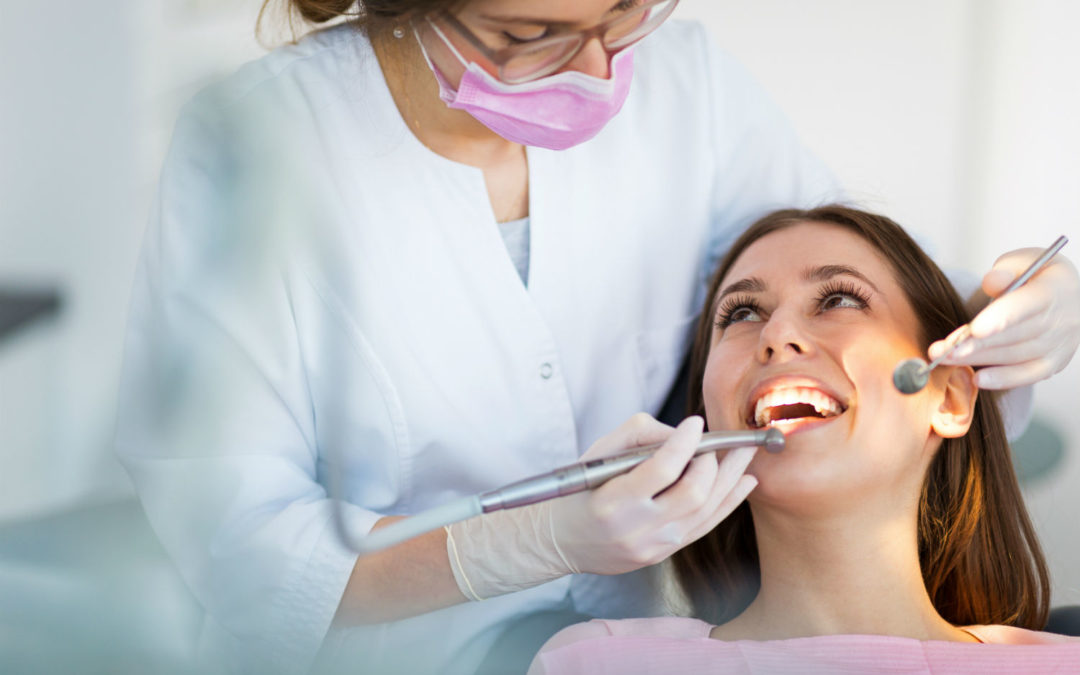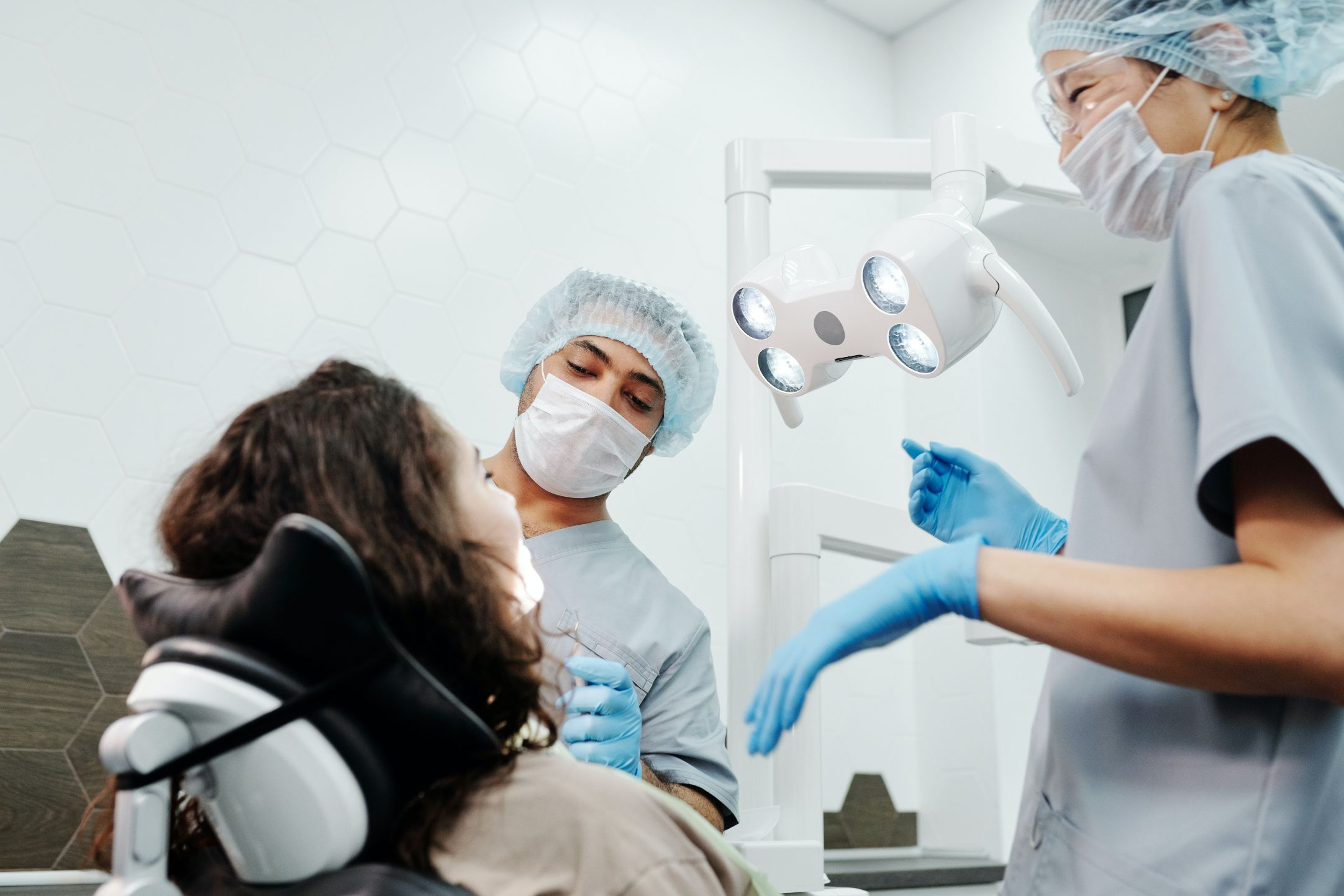
Technology is evolving rapidly today in all aspects, including medicine and dentistry. Today, many dental professionals have replaced traditional X-rays with digital radiographs for all the right reasons. Digital X-rays help detect, diagnose, monitor, and treat a lot of oral conditions and diseases you may be suffering from in a much better way than their traditional counterparts.
Digital radiography is an X-ray imaging that makes the use of digital X-ray sensors instead of photogenic X-ray film to produce an advanced computer image of your gums, teeth, and other oral structures. We acquire them using three methods – direct, indirect, and semi-direct.
What are the Types of Digital Radiography Systems?
- Intraoral X-ray Sensors
They are a replacement for film X-rays that make it easier for us to capture your standard bitewings. When compared to traditional X-rays, they use less radiation.
- Digital Panoramic X-rays
We use digital panoramic X-rays to capture your full arch in one image. Many of the latest systems at our clinic offer specialized imaging needs.
- Digital Imaging Software
It constitutes a vital part of the digital imaging system, for it serves as the hub for managing all the image files. Digital imaging software is an essential tool to help us enhance images for improved diagnostics to plan the best treatment for your problem.
- Digital Radiography Accessories
These are the simple tools that we use in supporting imaging technology. They include holders for new sensors and other tools.


What are the Benefits of Digital Radiography?
- The use of traditional X-rays often fails to display the small hidden areas of decay between your teeth. However, it is not the case with digital radiographs. They reveal minute details of decay or other problems that occur between your teeth, bone infections, gum disease, cysts, tumors, developmental abnormalities, and others.
- The results of digital radiographs appear instantly on our computer screen. Thus, we diagnose the issue and plan your treatment at the earliest to save you time, money, and discomfort.
- The micro-storage technology involving digital radiographs permits greater data storage capacity for the proper maintenance of records.
- There is no role in chemical processing or disposal of hazardous waste and other materials in the environment.
- The use of digital radiography is safer than traditional X-rays because they require 50 to 80 percent less radiation than the latter, thus promoting radiation safety. They are safe to use on patients of all ages.
- Digital radiographs include a variety of features like contrasting, sharpness. 3-D imaging, colorizing, zoom, flip, etc., help assist in better diagnosis and patient education.
Looking for a dentist in West Los Angeles, CA? Please reach out to the Dillon-Costantino Dental team in West Los Angeles, CA, to schedule a personalized consultation with Dr. Costantino and Dr. Polyakov. We look forward to receiving your call at (310) 475-0617.



